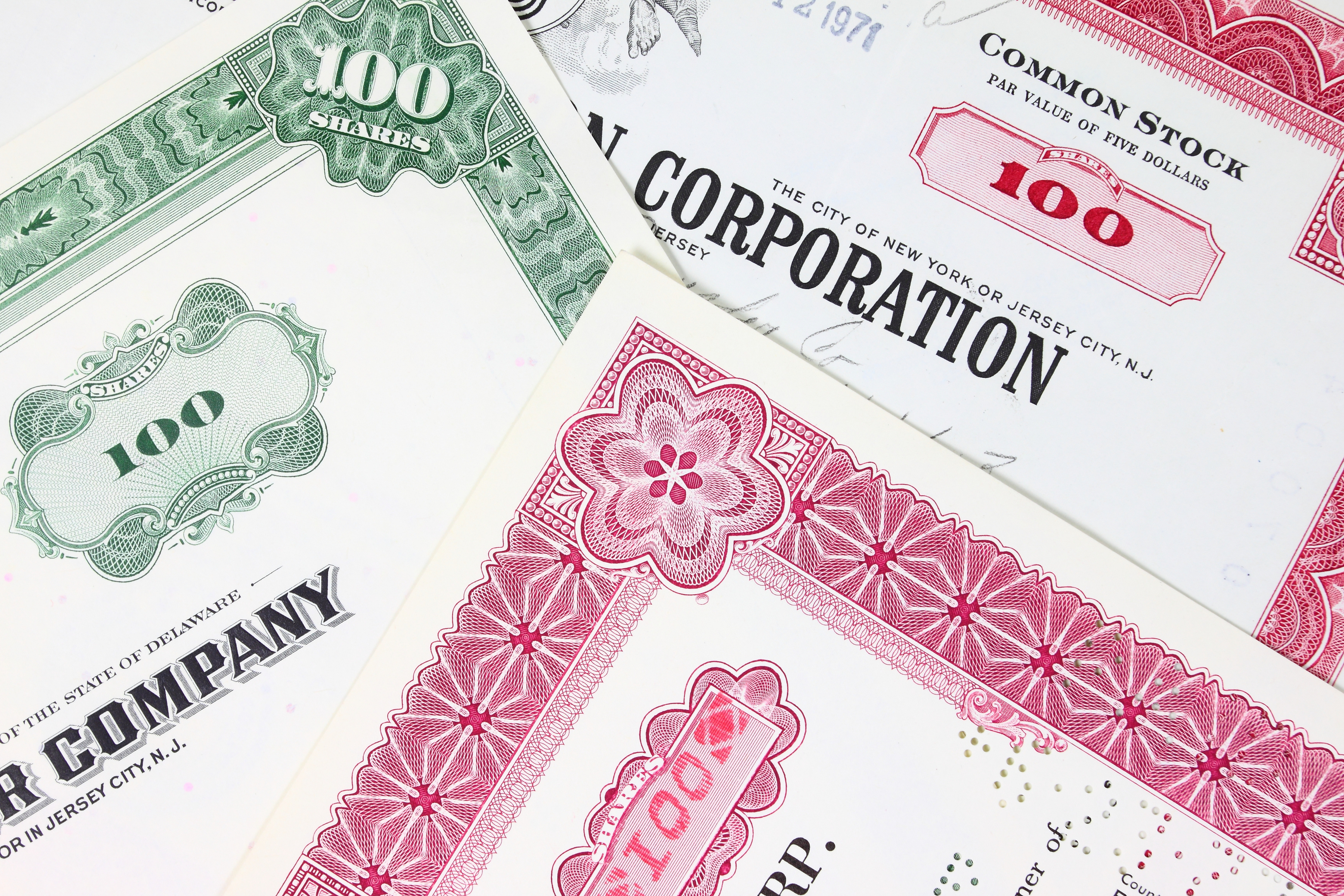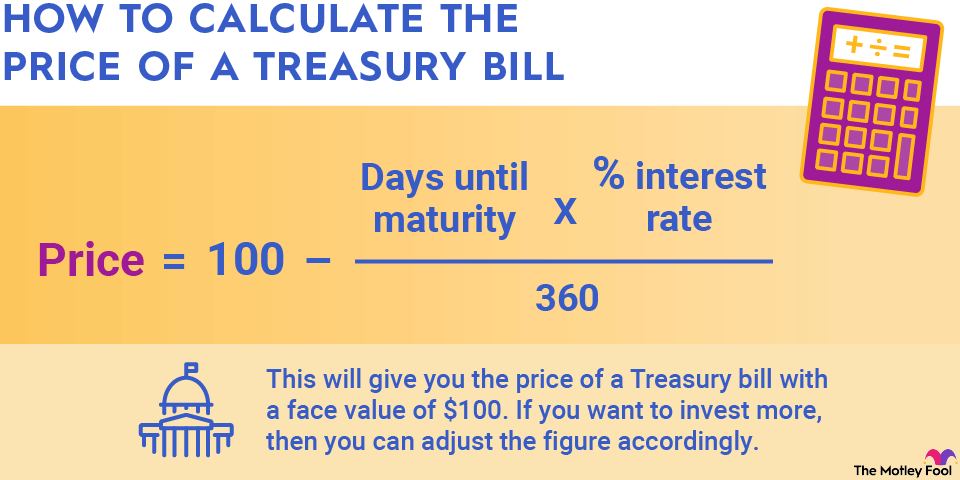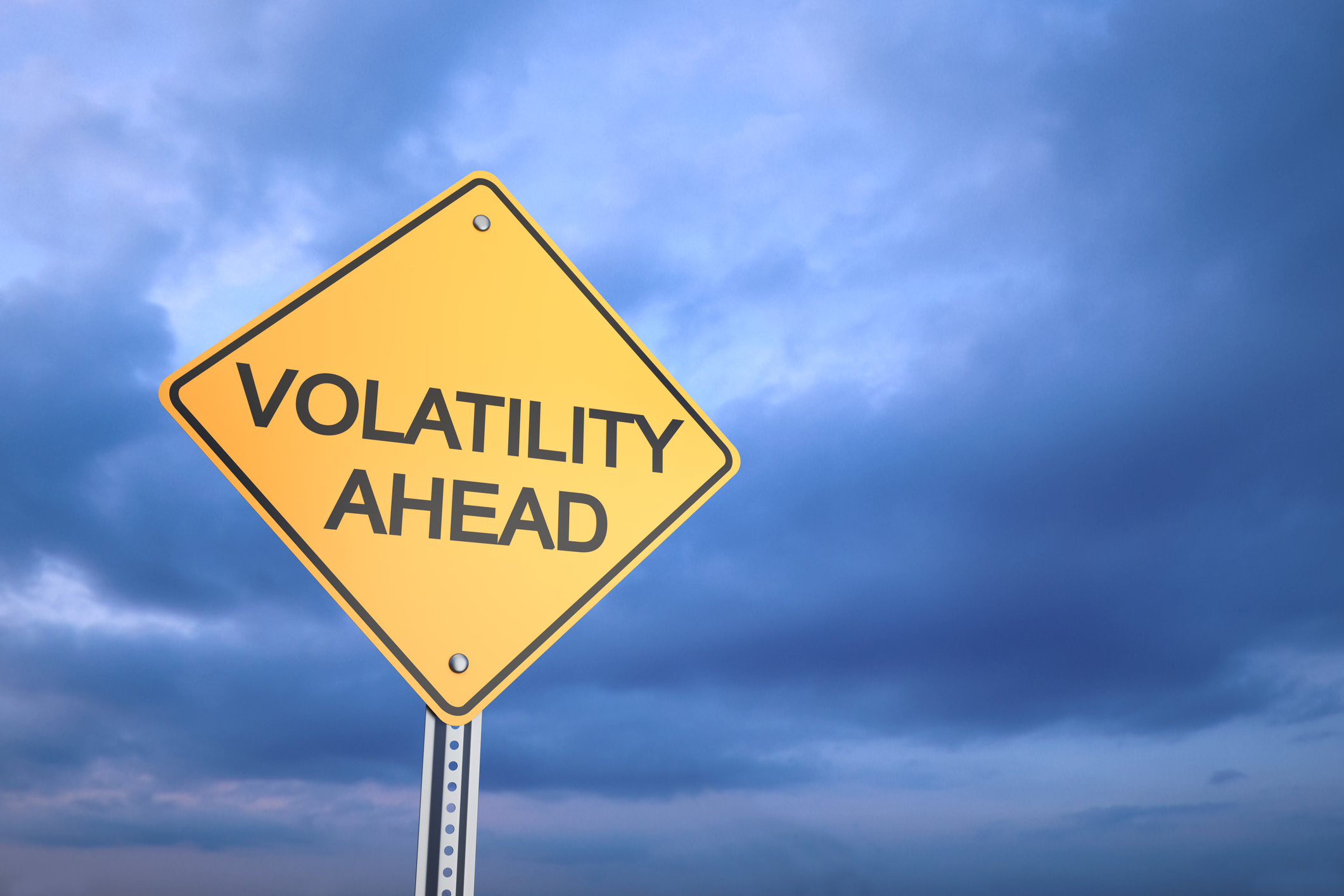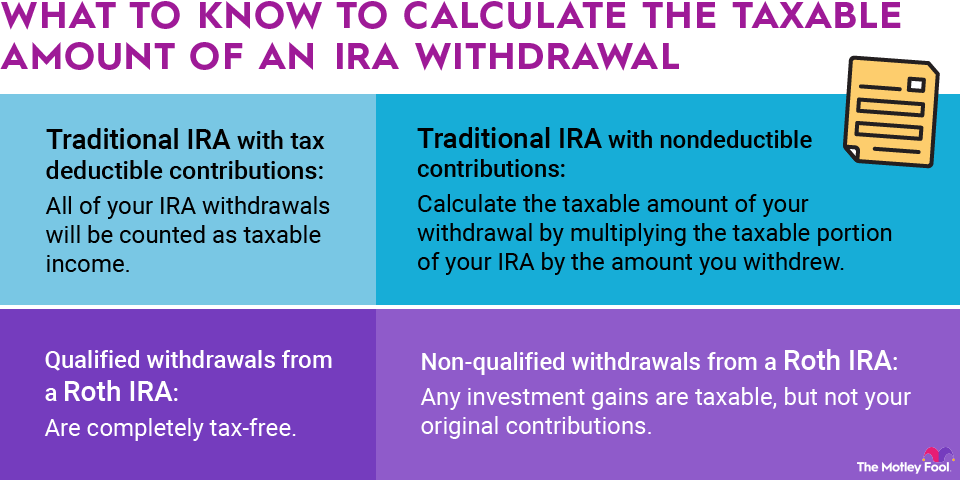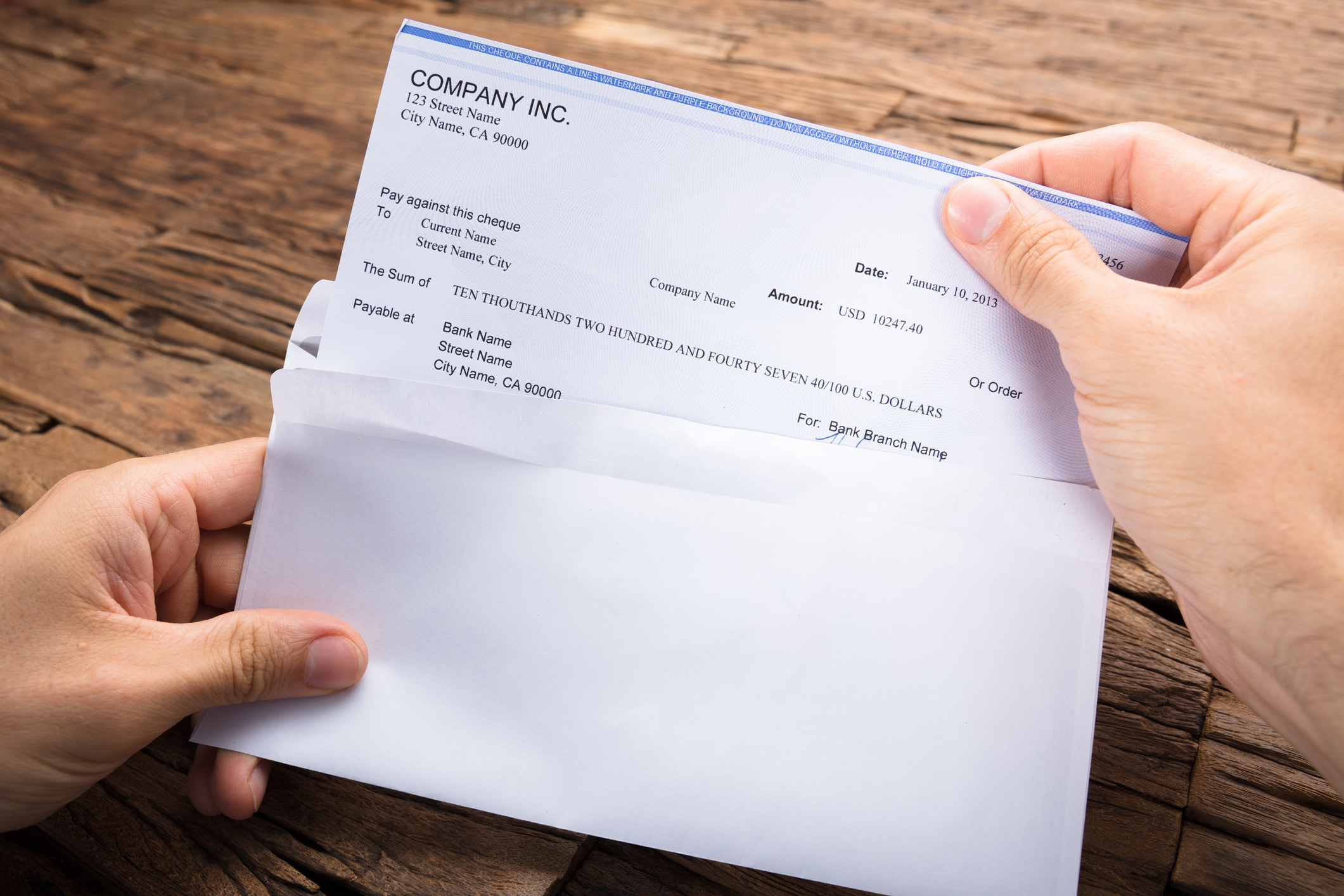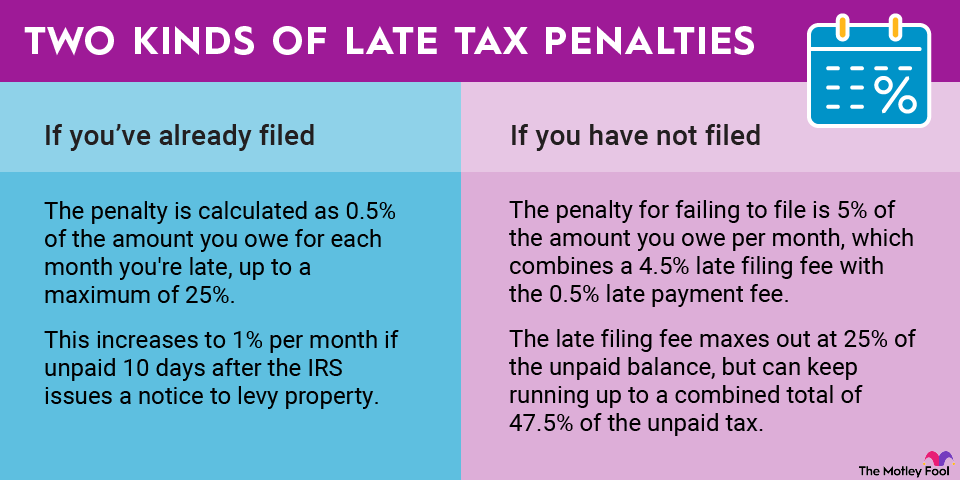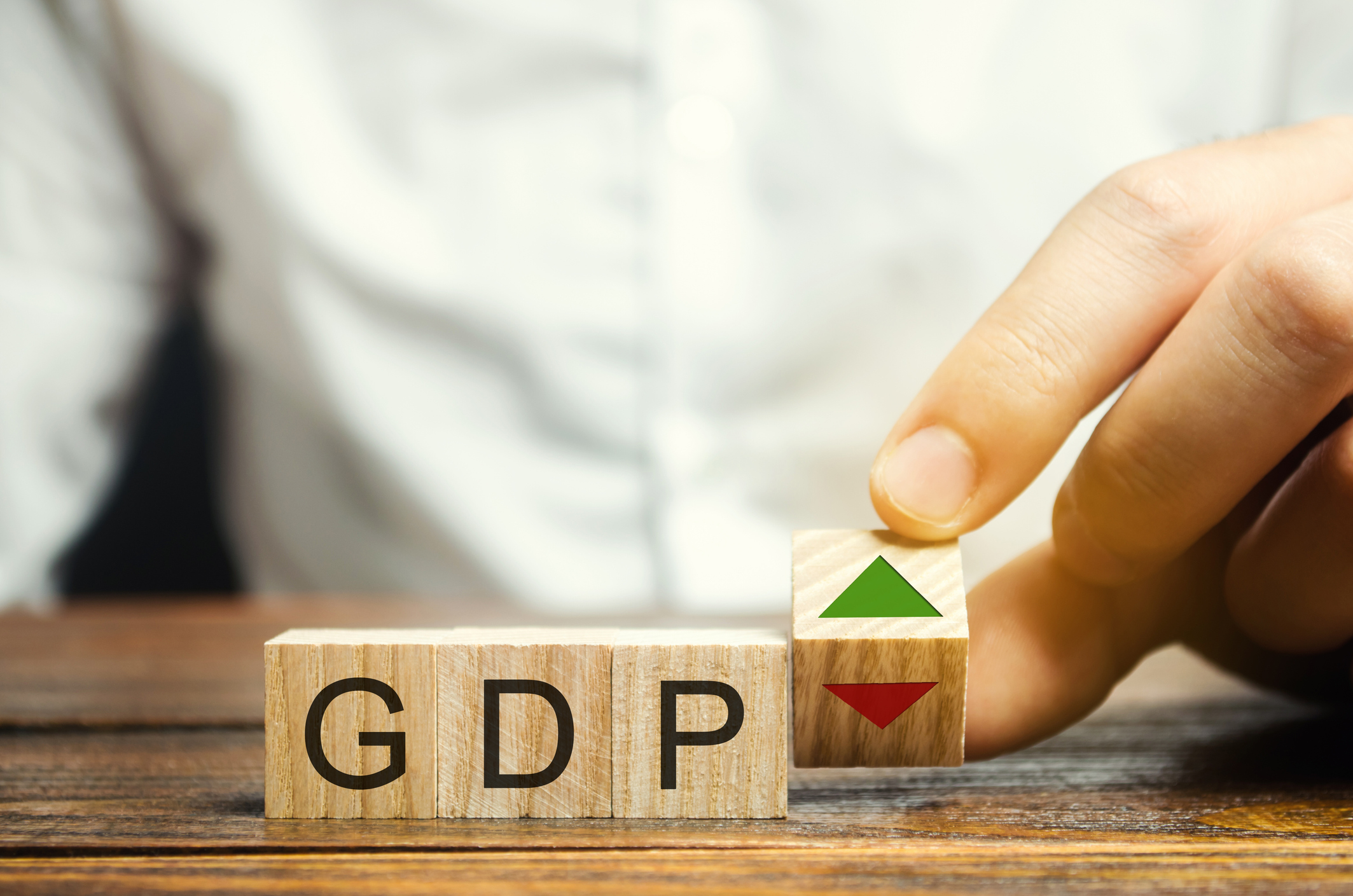All investments have some level of risk, and bonds are no exception. Some bonds, such as U.S. Treasuries, have virtually no chance of default, while others have a significant default risk.
Companies issue bonds to raise capital and meet other financial obligations. If all bond interest rates were equal, investors would only buy bonds of the least-risky companies and government agencies. So, to entice investors to buy their bonds, companies with less-than-perfect credit ratings are forced to pay higher interest rates than companies the market perceives as "safe." This is known as a default risk premium.
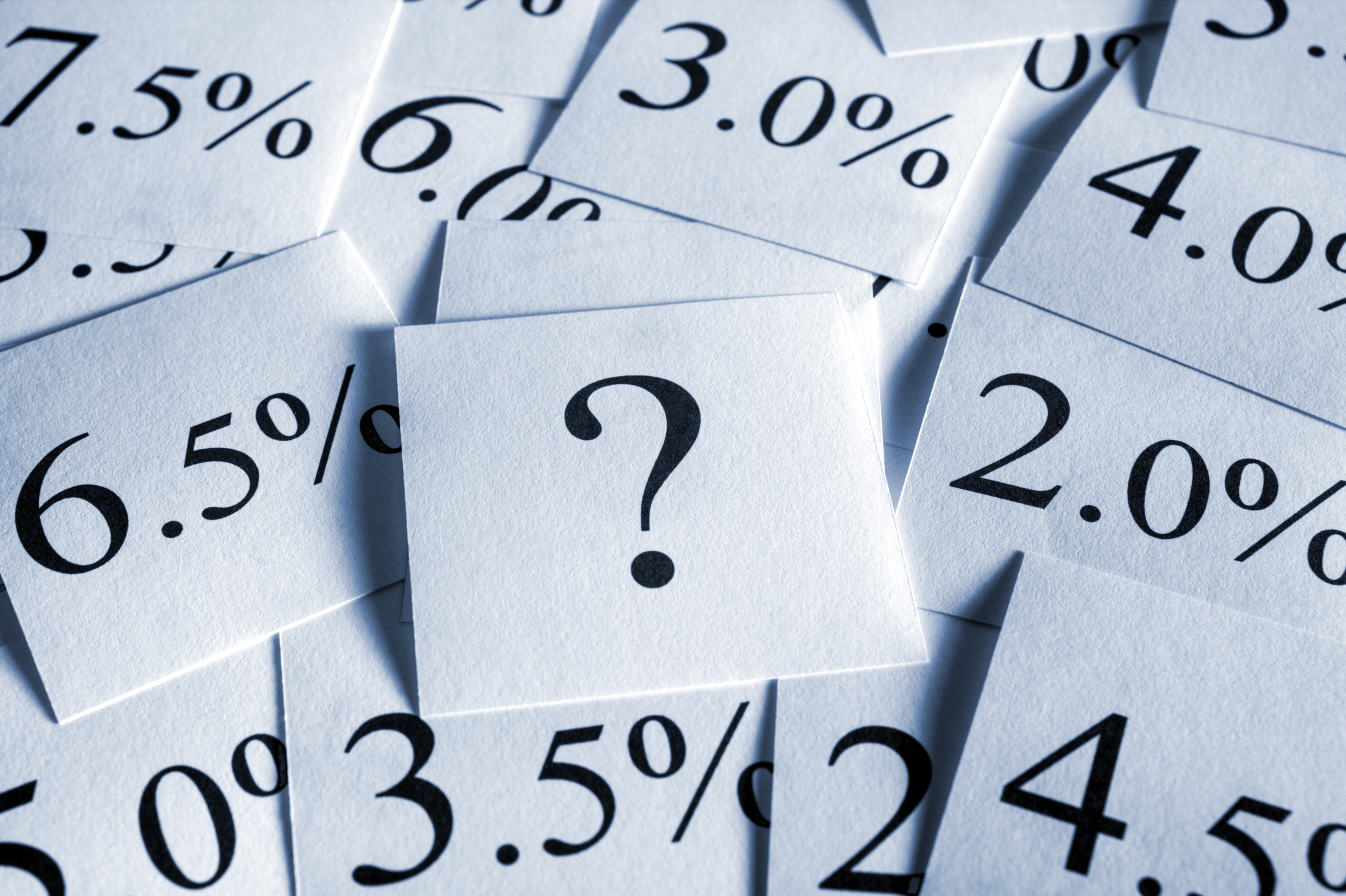
What makes up a bond's interest rate?
Many investors don't realize it, but interest rates paid by bonds are actually the sum of several individual components. These include:
- Risk-free interest rate: This is the interest rate an investor could receive from an investment with no risk whatsoever. I mentioned earlier that the U.S. Treasury issues bonds that are considered to be risk-free. Of course, there is some risk associated with any bond, but the three-month Treasury is a widely used benchmark for the risk-free rate.
- Inflation premium: The expected inflation rate since investors expect their bonds to keep up with inflation. This compensates investors for their money's potentially reduced purchasing power when the bond matures.
- Liquidity premium: Some bonds offer this, and it is meant to offset the inconvenience of not being able to sell the bond easily. Stocks are said to have a "liquid" market since you can simply hit a button and sell a stock at any given time for market value. The same cannot be said for many bonds.
- Maturity premium: Longer-dated bonds tend to pay higher rates than those with shorter maturities. For example, if a one-year CD pays 1.5% and a two-year CD pays 2%, the 0.5% difference is a maturity premium.
- Default risk premium: The component of the interest rate that compensates investors for the higher credit risk from the issuing company. A default occurs when a company misses an interest payment to its bondholders, so a default risk premium is intended to offset this risk with higher interest payments.
Calculating the default risk premium
To calculate a bond's default risk premium, you need to take its total annual percentage yield (APY) and subtract the other interest rate components.
For example, let's say that Company X is issuing bonds with a 7% APY. If the risk-free rate is 0.5%, inflation is estimated to be 2.5%, and the bond's liquidity and maturity premiums are both 1%, adding all of these together produces a total of 5%. Subtracting this from the bond's APY gives a default risk premium of 2%.
You've done your homework on risk; now make sure your broker is up to snuff, too. Visit our broker center to compare and contrast your options.




